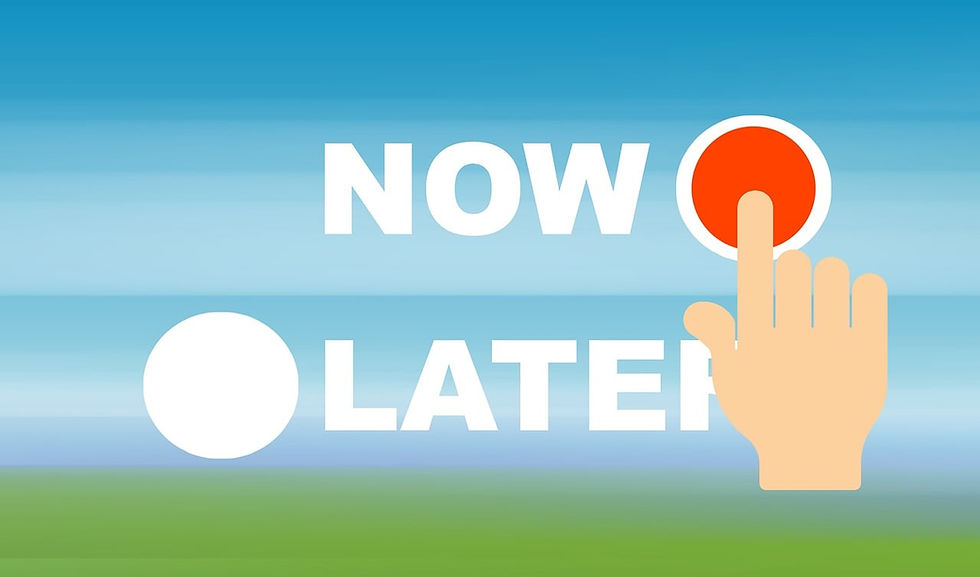The Power of Giving
- Tina B.
- Dec 4, 2024
- 4 min read

I am continuing a series for our newsletter to include a leadership topic along with passing along news in the nursing community. I want to focus on the positive in nursing and leadership. Subscribe to receive notification when our newsletter comes out. I publish twice a month.
This is the season of giving thanks. It is also during this time of the year that many of us think about our charitable giving. As I finished my 30 days of gratitude challenge on my Instagram, I reflected on the question of “Why do we give? What is the power in giving?” Those of you who have been following me know that I love a research challenge, so I dived right in with Google Scholar.
Arthur Brooks (2007) wrote in the Journal of Economics and Finance, “Most religious texts contain the assertation that charity lies behind prosperity.” He gave the example of Proverbs 11:24 but I would also like to add Proverbs 11:25 from the NIV. “One person gives freely yet gains even more; another withholds unduly but comes to poverty. A generous person will prosper, whoever refreshes others will be refreshed.” He further makes the point that other religious teachings such as the third pillar of Islam for the obligation to give to charity of one’s resources. The act of giving is also in Eastern religions such Buddhism and Sikhism, as well as many others. Giving is a universal practice which provides a way of connecting with other individuals in society.

Research has shown that by participating in the act of giving, the giver also experiences a higher level of happiness. It is one of the reasons that in many cultures, when one receives a gift, it is polite to open it in front of the giver so that the giver may see you enjoy the gift. The research also supported the idea that greater happiness was experienced by the giver by using concrete concepts such as volunteering at a personal cause as opposed to focusing on saving the environment as abstract concept. “When givers expect to change the lives of others through volunteering and other prosocial acts, a perceived failure to accomplish such large goals can lead to frustration and disappointment—making helping a negative rather than a positive influence on givers’ happiness. Our results suggest that encouraging givers to re-frame their prosocial goals in more concrete terms might generally reduce helper burnout, which could in turn lead to a more sustainable pattern of prosocial behavior” (Rudd, Acker, & Norton, 2014).
In a study of young children, the researchers wanted to see if giving or prosocial behavior among children produced more happiness. The researchers concluded that “the present study provides the first evidence that giving to others makes young children happy-even happier than when they are receiving treats themselves. In addition, children’s differential happiness during costly and non-costly giving suggests that they (1) distinguished between the two, and (2) derived more happiness when giving involved sacrificing their own resources. This result is especially significant in that the ‘puzzle’ of prosocial behavior toward non-kin requires explaining costly prosocial behavior in particular; from our theoretical perspective, the emotional benefits of this form of giving may support such behavior despite its costs” (Aknin, Hamlin, & Dunn, 2012).

Giving promotes community and fosters relationships. Giving is a reciprocal action where both the giver and the recipient experience happiness. This is why we give to charity as our obligation to society, as it fosters goodwill. How are you practicing your giving this year? It does not always have to be a monetary gift. Can you give of your time or your talent? Can you encourage someone with a genuine smile and a compliment? How do you handle giving in your family or to those in need? Comment below and perhaps inspire others to do the same.
References
Aknin LB, Hamlin JK, Dunn EW (2012) Giving Leads to Happiness in Young Children. PLoS ONE 7(6): e39211.https://doi.org/10.1371/journal.pone.0039211
Brooks, A.C. (2007). Does giving make us prosperous? Journal of Economics and Finance, 31(3), 403-411.
Konrath, S. (in press, 2016) The joy of giving. In Burlingame, D., Seiler, T., & Tempel, G. (Eds) Achieving Excellence in Fundraising, 4th edition.
Ribar, D.C., & Wilhelm, M.O. (2002) Altruistic and joy-giving motivations in charitable behavior. Journal of Political Economy, 110(21), 425-457.
Nursing News

In an article published by Healthcare Dive, Union Health withdrew its Certificate of Public Advantage application in a bid to merge with Terra Haute Regional Hospital, after triggering antitrust concerns. The article cited the Federal Trade Commission which affirms that the combined system would hold 74% of the market in Vigo County. To access the full article, go here:

My mission is for you to own your seat at the table of nurse entrepreneurship, gaining the confidence, skills, and freedom to live your life on your own terms. You will dream big and expand your consciousness as an entrepreneur.
The Nurse Shark Academy show https://thenursesharkacademy.podbean.com/ Interviews nurse entrepreneurs and leaders. Special bonus content available to patrons.
Available on Apple, iHeart Radio, Spotify, Amazon, https://www.thenursesharkacademy.biz/ or wherever you get your podcasts.
To subscribe to our full newsletter to keep up to date with all of events, courses, blogs, and podcasts, subscribe at https://bit.ly/tnsanewslettersubscribe.




Коментарі